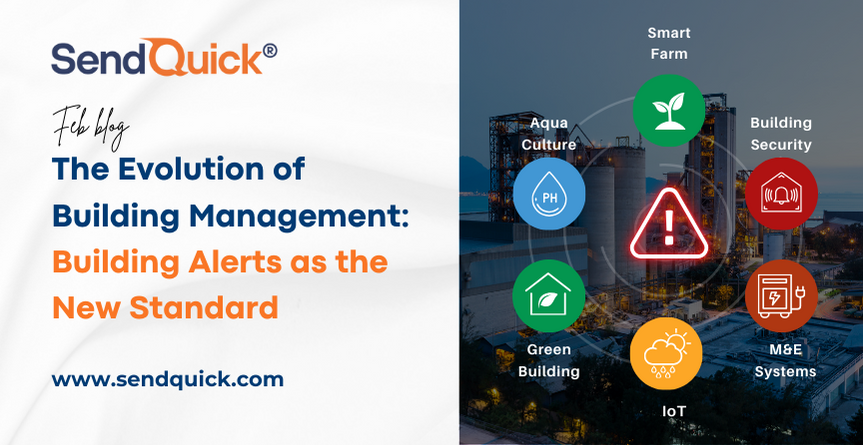In modern facilities management, staying ahead of potential issues is crucial. Building Management Systems (BMS) have become indispensable tools for managing complex building systems, but their effectiveness is often dependent on the timely detection and response to critical events. This is where building alerts play a pivotal role.
In this article, we will explore the evolution of building management and how building alerts have become the new standard for ensuring the efficiency and safety of facilities.
The Traditional Approach:
In the past, building management relied heavily on manual processes and reactive maintenance. Facility managers would often rely on visual inspections or periodic checks to identify issues, which could lead to costly downtime and disruptions. Additionally, the lack of real-time monitoring made it difficult to detect potential issues before they escalated.
The Rise of Building Management Systems:
The introduction of Building Management Systems (BMS) revolutionized the way facilities were managed. SendQuick’s BMS solution allows for the integration of various building systems, such as HVAC, lighting, security, and more, into a single, centralized platform.
This makes it easier for facility managers to monitor and control all aspects of their facility from one location, improving efficiency and reducing costs.
The Role of IT Alerts:
While BMS provided a significant improvement over traditional building management, their effectiveness was often dependent on the timely detection and response to critical events. This is where building alerts come in.
Building alerts provide facility managers with instant notifications of any anomalies or potential issues within the BMS. Whether it is a sudden spike in energy consumption, a malfunctioning HVAC system, or a security breach, such alerts ensure that managers are aware of the situation as it unfolds.
The New Standard:
As technology continues to evolve, the role of building alerts in building management has become increasingly important. Real-time monitoring and notifications of critical events are now considered the new standard for ensuring the efficiency and safety of facilities.
By providing facility managers with instant notifications of any anomalies or potential issues within the BMS, building alerts help prevent downtime, improve security, and ensure compliance with regulations and standards.
Conclusion:
Building alerts are essential in today’s complex facilities, for maintaining efficiency, security, and compliance. By providing real-time monitoring and notifications of critical events, building alerts help managers stay ahead of potential issues, prevent downtime, and ensure the safety and security of their facilities.
As technology continues to evolve, the role of building alerts in building management will only become more critical, making them an indispensable tool for facilities managers everywhere.
To find out more about SendQuick’s BMS solution, please connect with us via: https://www.sendquick.com/contact-us/






